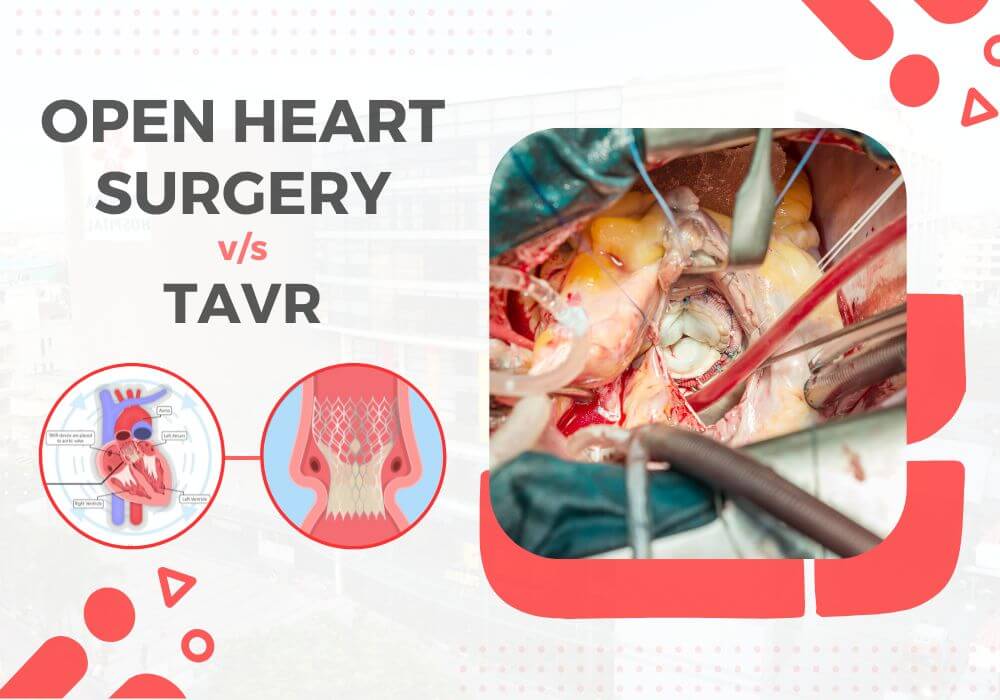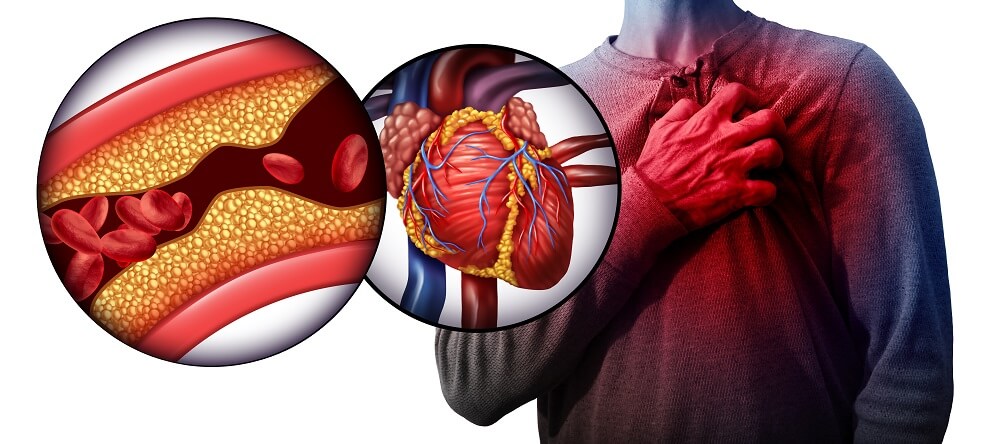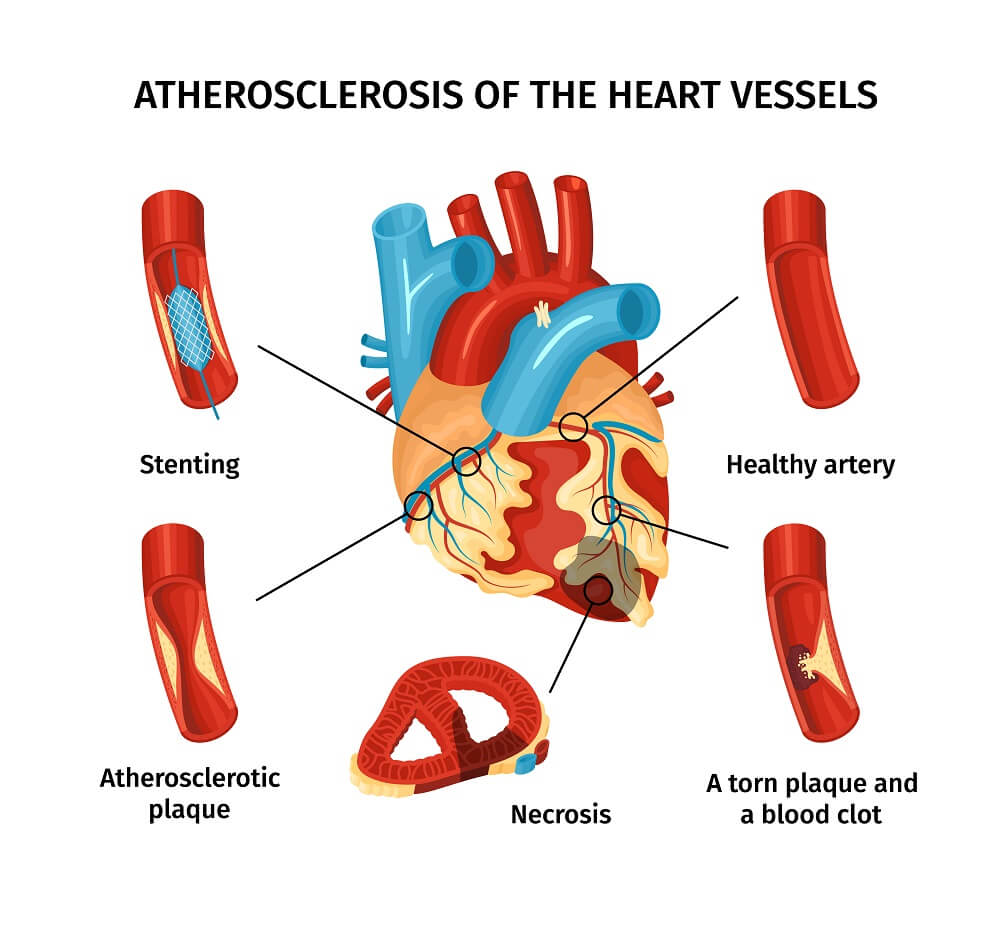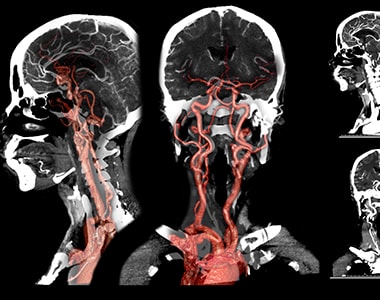Open heart surgery and TAVR are two distinct approaches to treating aortic valve stenosis. Open heart surgery remains the gold standard for its durability and versatility in addressing complex cases. On the other hand, TAVR presents a less invasive alternative, particularly beneficial for high-risk patients and those who cannot undergo traditional surgery.
best heart doctor in hyderabad | Dr Raghu
A heart attack, medically known as a myocardial infarction, is a severe medical emergency that can cause lasting damage to the heart muscle and even lead to death. As a leading cause of death worldwide, it shouldn't be taken lightly.
A heart attack, medically known as a myocardial infarction, is a severe medical emergency that can cause lasting damage to the heart muscle and even lead to death. As a leading cause of death worldwide, it shouldn't be taken lightly.
A heart attack, medically known as a myocardial infarction, is a severe medical emergency that can cause lasting damage to the heart muscle and even lead to death. As a leading cause of death worldwide, it shouldn't be taken lightly.
A heart attack, medically known as a myocardial infarction, is a severe medical emergency that can cause lasting damage to the heart muscle and even lead to death. As a leading cause of death worldwide, it shouldn't be taken lightly.
A heart attack, medically known as a myocardial infarction, is a severe medical emergency that can cause lasting damage to the heart muscle and even lead to death. As a leading cause of death worldwide, it shouldn't be taken lightly.
There was a time when people in their 60s, 70s, or 80s had cardiac arrests. But today, a growing number of young people have been succumbing to heart attacks. The tragic part - these people usually...
Carotid artery disease is a condition that arises when the fat deposits accumulate and block the blood vessels that deliver blood to the brain.









